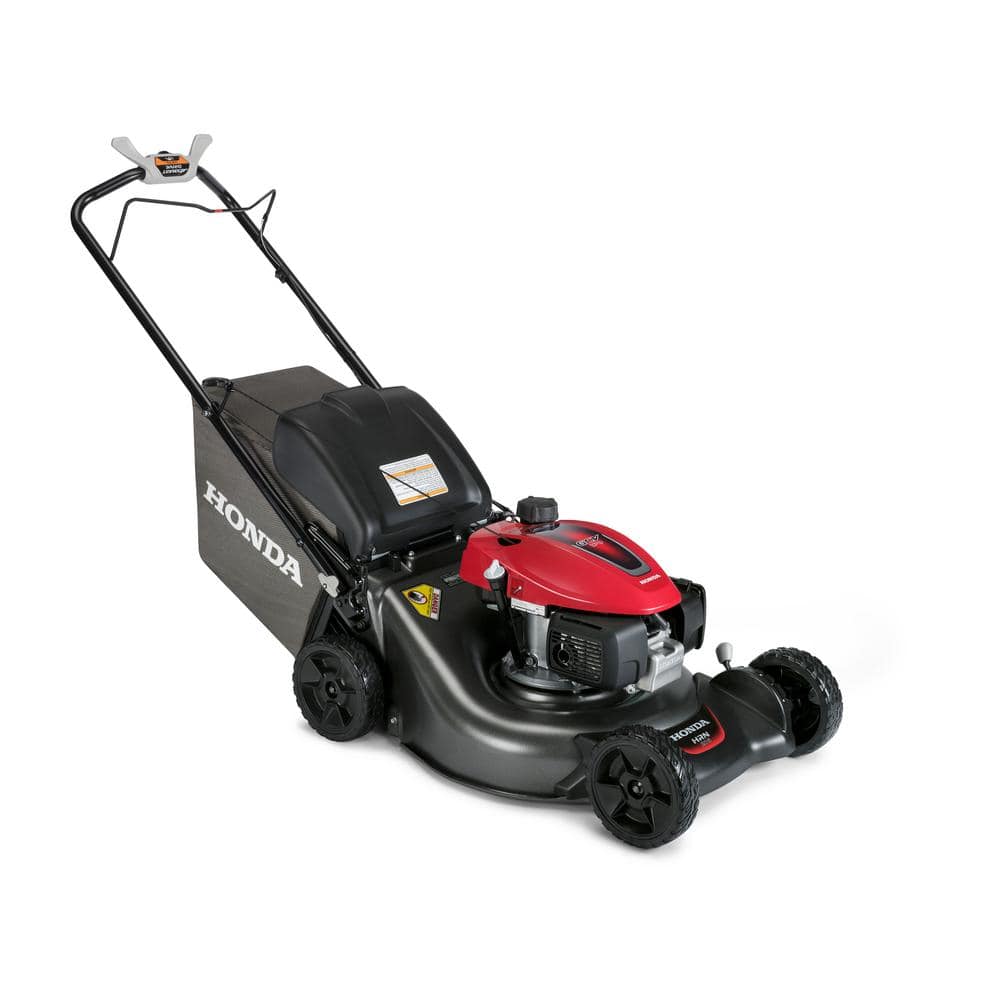Cub Cadet 46 in. 22 HP Gas-Powered Enduro Series Riding Lawn Mower, XT1 LT46, Kohler Engine
The Cub Cadet XT1 LT46 riding lawn mower is powered by a 22 HP/725cc twin-cylinder Kohler engine that delivers reliable power to tackle your yard. 46-in. stamped deck built with strong materials and an exceptional belt design while delivering a premium cut.
The Cub Cadet 46 in. 22 HP Gas-Powered Enduro Series XT1 LT46 Riding Lawn Mower was engineered with elite strength and reliable control. With a muscular 46 in. stamped deck, this riding lawn mower delivers a signature cut with an unprecedented level of bagging performance. This riding lawn mower is powered by a reliable 22 HP/725 cc Kohler engine that delivers high-performance power to tackle your yard. Mow with optimized command and control at every turn with a hydrostatic transmission that eliminates shifting, just push the pedal and go. Ride in comfort on this riding mower with a 15 in. H back seat. An AGM battery delivers reliable starting with a slower discharge so you won’t have to worry about it going dead during the offseason. The LT46 riding mower is compatible with a variety of attachments and accessories for year-round versatility. Backed by a 3-year warranty and a nationwide network of Cub Cadet dealers for expert service and support, the XT1 Enduro Series riding lawn mower delivers an unrivaled mowing experience.
- The Cub Cadet XT1 LT46 riding lawn mower is powered by a 22 HP/725cc twin-cylinder Kohler engine that delivers reliable power to tackle your yard.
- 46-in. stamped deck built with strong materials and an exceptional belt design while delivering a premium cut.
- The hydrostatic transmission on this riding lawn mower is designed for smooth operation, no shifting, just push the pedal and go.
- Adjustable cut and sew high back 15-in. seat with a 10-degree incline and slide slope designed to provide comfort for an excellent mowing experience.
- Durable and compact AGM battery is designed to deliver a premium experience with a long lifespan, low maintenance and excellent starting performance for reliable starting of the riding mower season to season
- Responsive steering system delivers 16 in. turning radius and provides optimized command and control for smooth cutting and maneuvering, whether straight away or around obstacles
- 12 easily-selectable cutting height positions and a smooth lever-engaged PTO provide a signature cut
- LED headlights provide enhanced visibility in all-weather conditions
- S-blades are thoughtfully designed to give the best performance and durability and a unique, S-shaped center hole ensures proper installation
- Push button cruise control maintains desired speed for consistent mowing
- Optional multi-seasonal attachments provide year-round versatility, including a twin bagger, snow blower, sun shade/snow cab, snow blade, mulch kit, steel and poly carts and a rear spreader (sold separately)
- Comes fully crated and requires some assembly upon arrival
- 3-year no hour limit warranty and 5-year frame warranty for peace of mind
Backed by expert service and knowledgeable support from the nationwide network of Cub Cadet riding lawn mower dealers
Additional information
| Blade Length | 15.33 in. |
|---|---|
| Blade Material | Steel |
| Blade Type | High-Lift |
| Cutting Width | 46 in. |
| Deck Size | 46 in. |
| Deck Type | Stamped |
| Discharge Location | Side |
| Engine Cycles | 4 cycle |
| Engine Displacement | 725cc |
| Front Wheel or Tire Size | 15 in. x 6 in. -6 in. |
| Horsepower | 22HP |
| Maximum Forward Speed | 5.5 mph |
| Maximum Reverse Speed | 3 mph |
| Minimum Cutting Height | 4 in. |
| Mower Cutting Width Range | 40 – 49 Inches |
| Manufacturer Part Number | 13APA9TTA10 |




by Annie
Love this tractor it does everything i need it to do and more
by David
Excellent mower!!
by Redden
Fantastic machine for the money. The deck cuts beautifully, turns on a dime, is simple to operate, and is a comfortable ride. highly recommended.
by Mel
Incredible mower. I’m a bigger person and the seat has enough adjustment for me